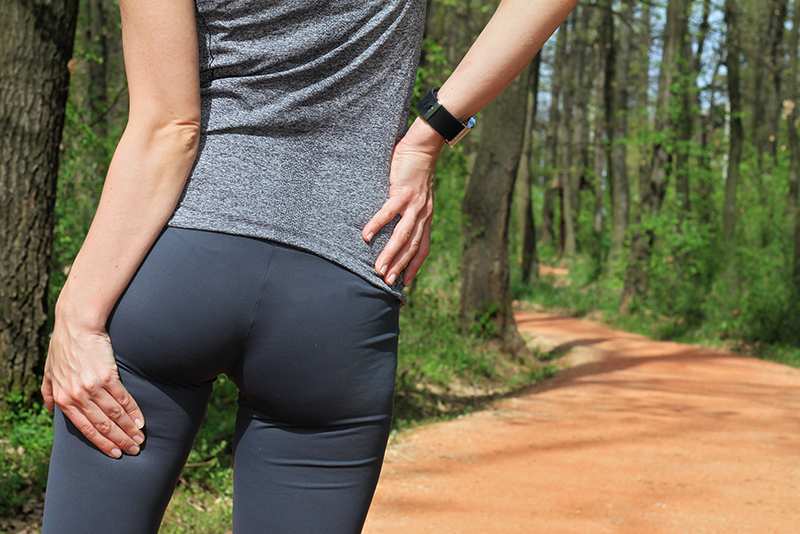
Hamstring Strain
Hamstring strain injuries are extremely common, especially in athletes that complete activities involving kicking (such as soccer/football) and track + field. In AFL, hamstring strains hold 15% of all injuries
Additional Information
Home Treatments
- Acute management:
- RICE (rest, ice, compression and elevation)
- Crutches if the patient walks with a severe limp.
- Early hamstring activation (contractions) as early as able
- Pain-free stretching to maintain muscle length.
Professional Medical Treatment
- Anti-inflammatories (if able to take – consult GP) seen to be superior to paracetamol. For elite athletes, this is via injection if deemed appropriate.
- Soft tissue management
- Ensuring optimal function of lumbar spine and sacro-illiac joint
- Ensuring posterior nerves are not being entrapped
Physical Therapy Exercises:
- Progressive strengthening of the hamstrings should be initiated as early as able (will depend on grade of injury). Strength exercises start generally with activation and progress to resisted exercises. Eccentric exercises (strengthening in a lengthened position) must be incorporated into hamstring rehabilitation programs. Neuromuscular control (e.g sport specific exercises) are highly important.
Prevention
- Best evidence supports eccentric exercises. (e.g. Romanian deadlifts and Nordic exercises).
- Ensuring that return to play is progressed and not rushed